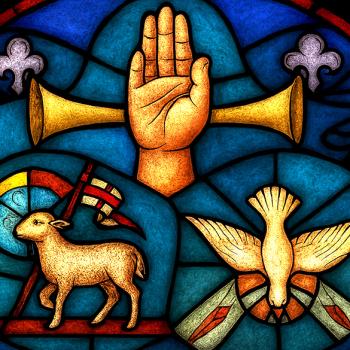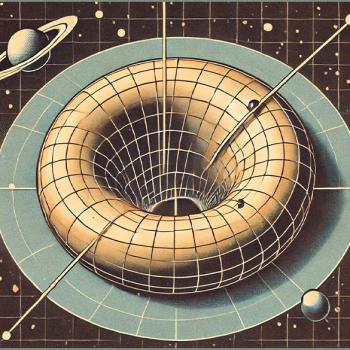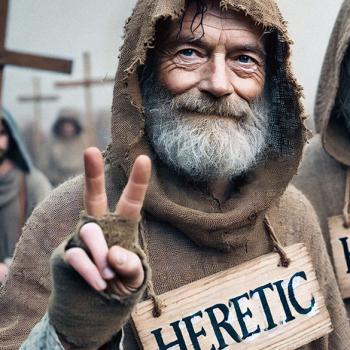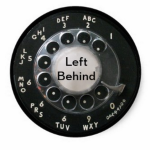
Christmas is that season of joy, peace, and completely fabricated nativity scenes. So, while you’re decking the halls and singing ‘Silent Night,’ let’s ruin the holiday magic by diving into the Christmas story’s biblical plot holes and historical head-scratchers—the tale that inspired countless plastic versions of the ‘eight pound, six ounce, newborn infant Jesus, who doesn’t even know a word yet—cuddly but still omnipotent.’
The Great Bethlehem Baby Massacre
The Gospel of Matthew tells us that King Herod, upon hearing of Jesus’ birth, ordered the slaughter of all male children under the age of two in Bethlehem. It’s a chilling tale, but there’s one big problem. There’s no historical evidence it ever happened. Herod was a paranoid maniac who didn’t blink at murdering his own family, so it’s plausible. But Bethlehem was a tiny village, and such an event would’ve been pretty minor on a historical scale. Even Josephus, the historian who loved chronicling Herod’s atrocities, doesn’t mention it. That’s a tad suspicious.
Matthew wasn’t aiming for historical accuracy, though. His goal was to position Jesus as the new Moses, escaping an evil tyrant just like Moses fled Pharaoh. It’s symbolism over facts, folks. And hey, what’s Christmas without a little creative storytelling?
From a murderous king to a crowded guest room—yes, the Christmas story transitions fast. Let’s talk about that so-called ‘inn.’
The Inn Wasn’t an Inn (and the Manger Wasn’t in a Barn)
“No room at the inn” is a phrase that tugs at our heartstrings, but it’s based on a mistranslation. The Greek word kataluma doesn’t mean “inn”—it means “guest room.” So Mary and Joseph weren’t turned away by a heartless innkeeper; they were probably staying with family who just didn’t have space in their guest room. Instead, they ended up in the lower part of the house, where animals were kept. And that manger? Just a feeding trough built into the floor.
This isn’t the quaint barn scene you see on Christmas cards. It’s more like crashing in your cousin’s basement because all the good rooms are taken. Imagine goats bleating, family members bickering upstairs, and Joseph trying to keep the hay from sticking to Mary’s robe.
If the lodging crisis wasn’t quite what we’ve been told, the reasons for the journey might raise even bigger questions.
The Census Makes No Sense
Luke’s Gospel says Mary and Joseph traveled to Bethlehem because of a Roman census that required everyone to register in their ancestral hometowns. Sounds official, right? Except the Romans didn’t run censuses this way. Dragging millions of people across the empire to register in their great-great-grandparents’ hometown would’ve been a logistical disaster. And there’s no record of this particular census outside the Bible. Even worse? The one census we do know about under Quirinius happened after Herod’s death.
Luke’s focus wasn’t historical accuracy. He wanted Jesus born in Bethlehem to fulfill prophecy. Prophecy always trumps practicality. Just squint and keep reading through the plot holes.
And speaking of cosmic coincidences, let’s turn our eyes from Roman red tape to the heavens—where a certain star apparently stole the show.
The Star of Bethlehem
A magical star guiding astrologers to Jesus sounds impressive until you realize how astronomically absurd it is. Scholars and astronomers have tried for centuries to explain the Star of Bethlehem. Was it a planetary conjunction? A comet? A supernova? None of the theories align with the timeline or the behavior described in Matthew. Stars don’t move like GPS signals and stop over specific houses. That’s just not how space works.
Matthew wasn’t writing an astronomy manual. The star is drenched in theological symbolism, heralding Jesus’ cosmic significance. But as a literal event? It’s more fairy than fact-tale. So, don’t hold your breath for NASA to confirm this one.
But let’s not stop with starry wonders. If you’re still picturing three crowned men paying homage, buckle up for more biblical curveballs.
The Magi Weren’t Kings (and Probably Showed Up Late)
Let’s clear up a few things about the Magi. First, they weren’t kings. They were supposedly astrologers from the East, likely Persia or Babylon. Second, the Bible never says there were three of them; that number comes from the gifts they brought. And third, they probably didn’t visit the newborn Jesus. Matthew’s account suggests they showed up much later, possibly when Jesus was a toddler.
So, forget the nativity scene with shepherds and wise men all crowded around baby Jesus. The Magi were late to the party, and they weren’t rocking crowns. They were more like those relatives who show up a week after Christmas with clearance-rack gifts.
We’ve questioned the rulers, the census, the lodging, and the star. Now let’s talk about the biggest plot hole of all—Christmas itself.
Christmas Isn’t in the Bible
Here’s the grinch-y kicker: Christmas, as we celebrate it, isn’t in the Bible at all. Early Christians didn’t celebrate Jesus’ birth, and December 25th was hijacked from pagan winter festivals. The nativity story as we know it is a patchwork of theological embellishments, mistranslations, and cultural traditions.
But hey, don’t let that stop you from enjoying the holiday. Just remember, when you’re setting up your nativity scene, you’re participating in centuries of beautifully constructed mythmaking. And that, my friends, is the real Christmas miracle.














